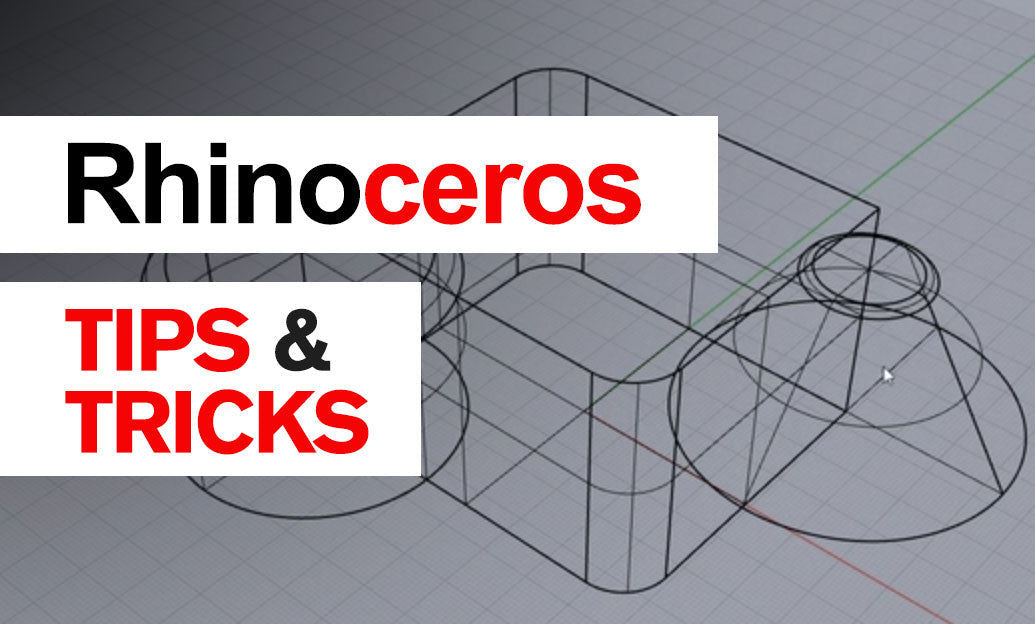Your Cart is Empty
Customer Testimonials
-
"Great customer service. The folks at Novedge were super helpful in navigating a somewhat complicated order including software upgrades and serial numbers in various stages of inactivity. They were friendly and helpful throughout the process.."
Ruben Ruckmark
"Quick & very helpful. We have been using Novedge for years and are very happy with their quick service when we need to make a purchase and excellent support resolving any issues."
Will Woodson
"Scott is the best. He reminds me about subscriptions dates, guides me in the correct direction for updates. He always responds promptly to me. He is literally the reason I continue to work with Novedge and will do so in the future."
Edward Mchugh
"Calvin Lok is “the man”. After my purchase of Sketchup 2021, he called me and provided step-by-step instructions to ease me through difficulties I was having with the setup of my new software."
Mike Borzage
Revit Tip: Effective Strategies for Optimizing Revit Link Management in Projects
July 25, 2025 2 min read

Managing Revit links efficiently can significantly enhance your project workflow and collaboration. Here are some best practices to optimize the use of Revit Links in your projects:
- Establish a Clear Linking Strategy: Before starting, decide which elements will be managed as links to maintain clarity and organization. Commonly linked models include architectural, structural, and MEP systems.
- Use Worksets for Better Control: Assign links to specific worksets to facilitate better control over visibility and access. This approach helps in managing large projects by allowing team members to focus on specific areas.
- Maintain Consistent File Naming Conventions: Implement a standardized naming system for your linked files. Consistent naming helps in quickly identifying and locating the necessary links, reducing confusion and errors.
- Regularly Update Linked Models: Ensure all linked models are up-to-date to reflect the latest changes. Use the “Reload” function to refresh links and keep your main model synchronized with linked data.
- Leverage Linked Model Categories: Control the visibility of linked elements by adjusting category settings. This allows you to display or hide specific components from linked models, enhancing the clarity of your views.
- Optimize Performance with Sections and Elevations: Use section boxes and elevation markers to focus on relevant parts of your linked models. This technique can improve performance and make navigation easier in complex projects.
- Utilize Coordination Models: Create separate coordination models for interdisciplinary elements. Linking these models helps in identifying clashes and ensuring seamless integration between different systems.
- Implement Version Control: Keep track of different versions of linked files to manage project iterations effectively. This practice is crucial for maintaining consistency and avoiding conflicts during the design process.
- Use Reference Points and Grids: Align linked models using shared reference points and grids. Accurate alignment ensures that connected elements from different links fit together correctly, reducing rework and discrepancies.
- Collaborate Effectively with Teams: Share linked files through platforms like NOVEDGE to enable smooth collaboration among team members. Efficient sharing enhances communication and accelerates project delivery.
By implementing these strategies, you can effectively manage Revit Links, ensuring a more streamlined and collaborative project environment. For more detailed guides and resources on optimizing Revit workflows, visit NOVEDGE.
You can find all the Revit products on the NOVEDGE web site at this page.
Also in Design News

Design Software History: Historical Evolution of Design Software in Mechanical Engineering: From Manual Drafting to Digital Integration and its Impact on Education and Industry
July 25, 2025 9 min read
Read More
Real-Time 3D Rendering: Transforming Product Visualization with Interactive Immersion
July 25, 2025 7 min read
Read More
Rhino 3D Tip: Maximizing 3D Modeling Efficiency with the ScaleExtrude Command in Rhino 3D
July 25, 2025 3 min read
Read MoreSubscribe
Sign up to get the latest on sales, new releases and more …


